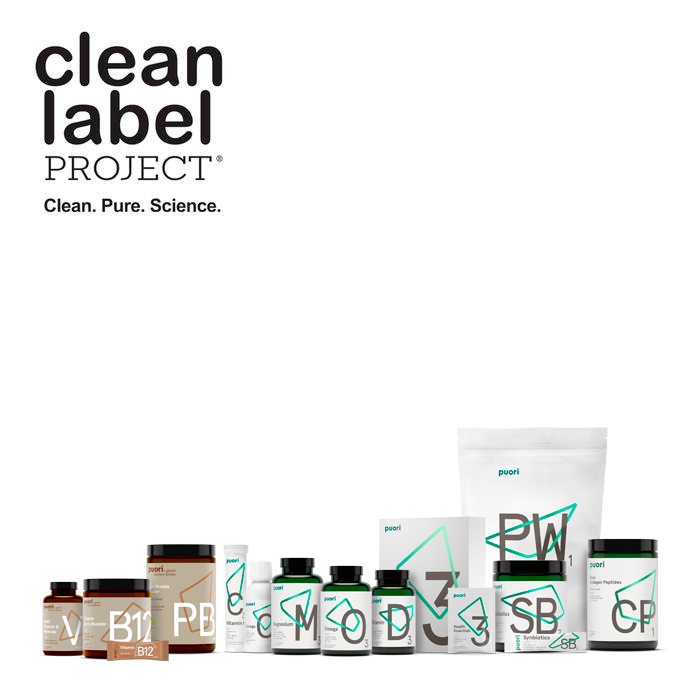There are parts of our factory in Chile where you can’t breathe. Now hold your breath and let us explain. We store our fish oil in drums flushed with nitrogen to keep oxygen out — on purpose. The secret behind good fish oil is all about oxidation — or, in fact, making sure there is no oxidation at all.
Many people skip out on fish oil because they are stuck with burps and a fishy aftertaste, but it doesn’t have to be this way. This happens when fish oil is rancid due to a chemical reaction with oxygen, or when it’s made with poor quality ingredients. Taking a product like that is garbage in – garbage out. There is a better way — you can take a high-quality product and see real, lasting benefits. To tell the story about how we raise the bar for fish oil, we have to take you all the way to South America.
Catch of the Day
We source our fish off the coast of South America. There they have been harvesting small fish for the past five decades. We chose this place specifically because, since 1980, they have become progressively more stringent about the conservation of the water and management of fisheries.
The governments have established measures for conserving the environment and actively manages fisheries to make sure they comply with regulations. The commitment to sustainability and clean waters made that place an easy choice.
Fish are caught 30 miles offshore. Once on shore, they are pressed into crude oil. Puori short processing time is crucial.
Think about it — would you rather eat a fish that was caught several weeks ago or one that was caught that day?
At the facility, the oil is concentrated and refined to remove any heavy metals and toxins. At this point, the oil is stored under temperature control in sealed containers that are flushed with nitrogen to prevent light and oxygen exposure, which can turn the fish oil rancid.
Go Small Or Go Home
Bigger is not always better when it comes to fish size. The bigger a fish is, the longer it lives, making it much more likely to accumulate metals, chemicals and other toxins. We use anchovies because they are small and generally don’t live long enough to accumulate many toxins.
A Sustainable Model
Our fisheries are approved by Friends of the Sea, which means we follow fishing practices that conserve the environment, like fishing in sustainable, open waters. We use special nets that are designed to only target anchovies to keep the percentage of by-catch low. During production, 100% of the raw material is used. What is not used for our fish oil is used as biofuel and in fertilizer products.
Quality Matters
If you fall into the average modern diet, you are highly likely to be deficient in omega-3s. The reason is simple: We do not eat enough good sources of omega-3 fatty acids. The average adult in the US only consumes 100-200 mg/day, but the recommended dosage is 2,000 mg. If you fall into this boat, consider taking O3 to get the omega-3s you need.
